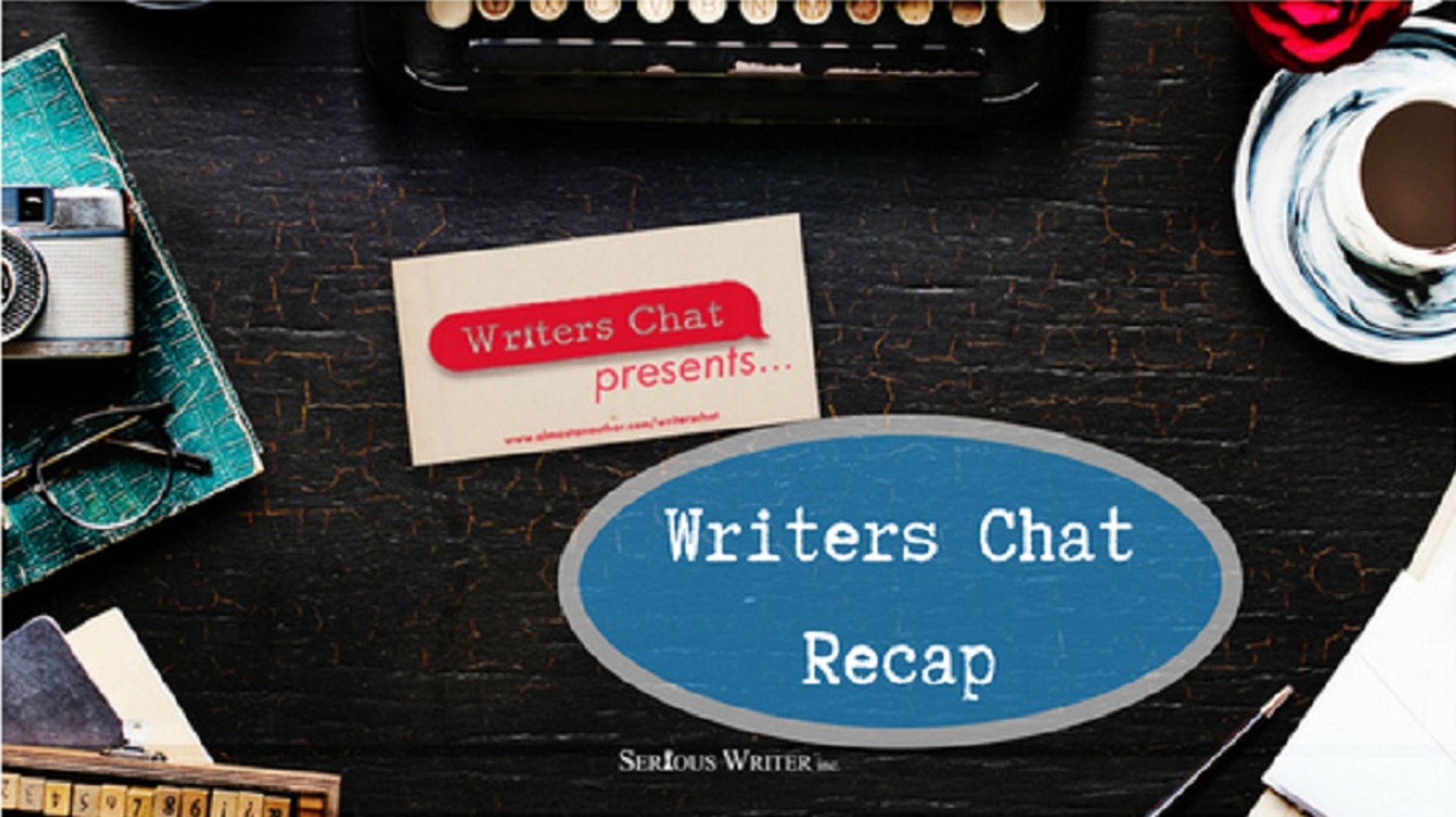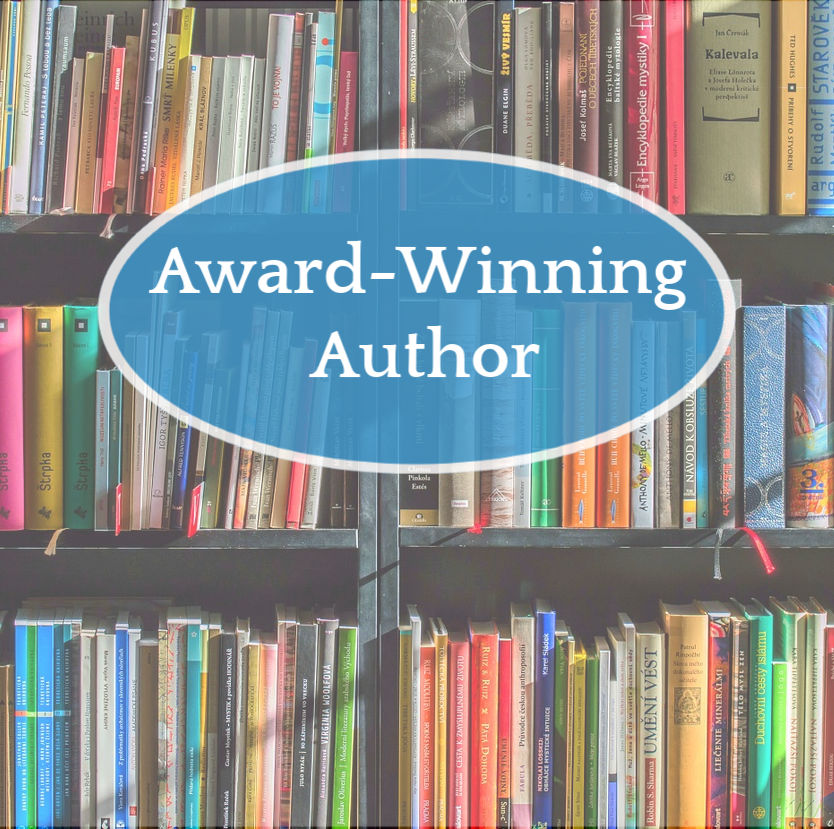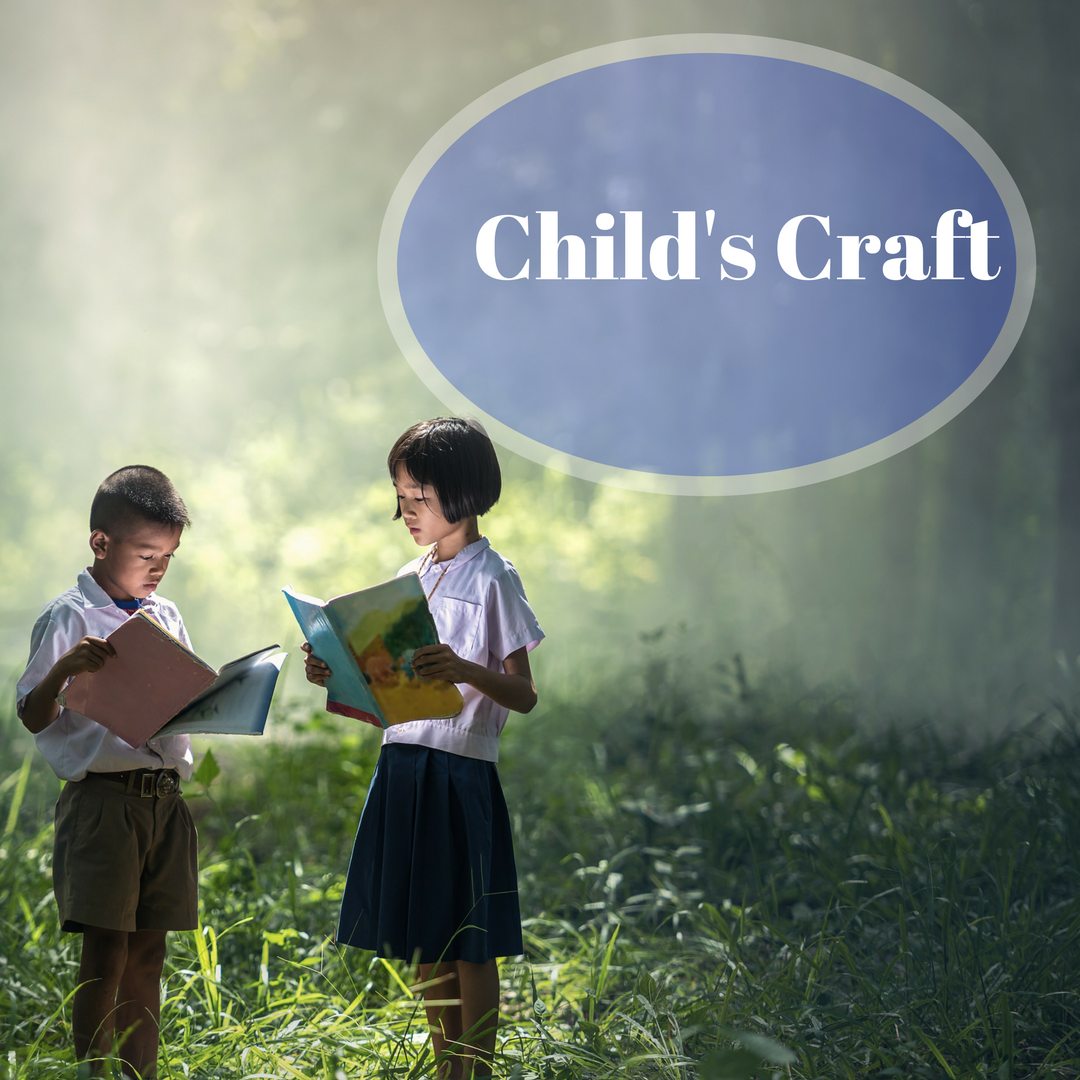
Have You Considered Writing Board Books
Board books have extra thick coated pages that small hands can turn and chewing babies can sink their teeth…
December 8, 2021
Board books have extra thick coated pages that small hands can turn and chewing babies can sink their teeth…
December 8, 2021
I once asked New York Times bestselling author Melanie Benjamin her top tip for writing historical fiction. She gave…
May 16, 2021
“Many books for children feature children. Your writing will be more natural if you are aware of the rhythms…
January 21, 2021
I was in the window seat, thumbing through my recent issue of “Writer’s Digest,” just waiting for the plane…
October 21, 2020
Writers Chat, hosted by Jean Wise, Johnnie Alexander, and Bethany Jett, is the show where we talk about all…
September 30, 2020
Ready or not, September means it is time for heading back to school. As an adult, the phrase “back…
September 16, 2020
When your critique partners tell you (more than once) your middle grade fiction sounds too adult, how do you…
August 16, 2020
In January, I had the privilege of speaking about being a writer at a large private school near…
April 21, 2020
Can you share a little about your recent book? It’s a mystery titled Remains To Be Seen (to be published…
September 1, 2019
Eva Shaw, author of “Ghostwriting: How to Get Into the Business” beautifully sums up the heart of being a…
May 21, 2019
Christmas comes every year. And so does Easter. And so does Thanksgiving. And so does the Fourth of July.…
March 21, 2019
We’re story-tellers! So, we often want to tell every scrumptious detail of our stories as we write. But not…
February 21, 2019
Write Like a Dinosaur While doing research for my latest children’s devotional book, “Dinosaur Devotions: 75 Dino Discoveries, Bible…
February 2, 2019
Last month we looked at an overview of writing nonfiction for kids. This month we focus in on writing…
September 21, 2018
In the publishing world nonfiction is a hot item at this time. For both children’s magazines and books (especially…
August 21, 2018
As I mentioned in my last post, Understanding Early Readers, there are several markets for books for emerging readers.…
June 21, 2018
A few weeks ago I started typing a new manuscript. I thought it was going to be a picture…
May 22, 2018
What do children’s publishers want? That is the question that all children’s writers long to have answered. What is…
April 11, 2016
When I was in India recently, our team leader told of an Indian child who asked her if the…
February 29, 2016
Picture Book Submissions – The Mighty Manuscript The third item to include in your full proposal submission for a…
November 17, 2015
So, you’ve written your masterpiece of a story. You finally put your great idea onto the pages. What a fabulous…
July 27, 2015
So you have this fabulous idea of a story for children. You’ve told bedtime stories to your children every…
June 28, 2015